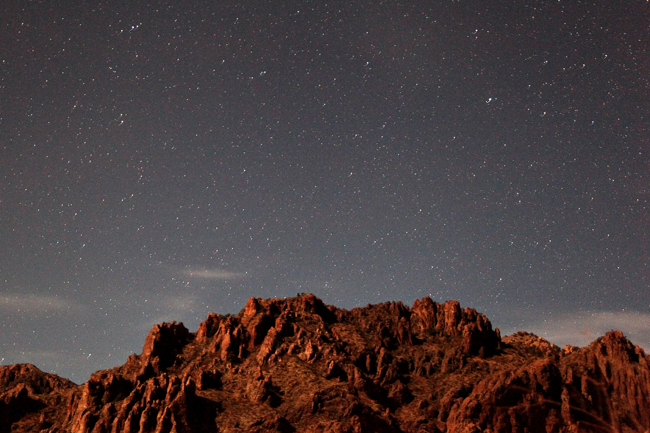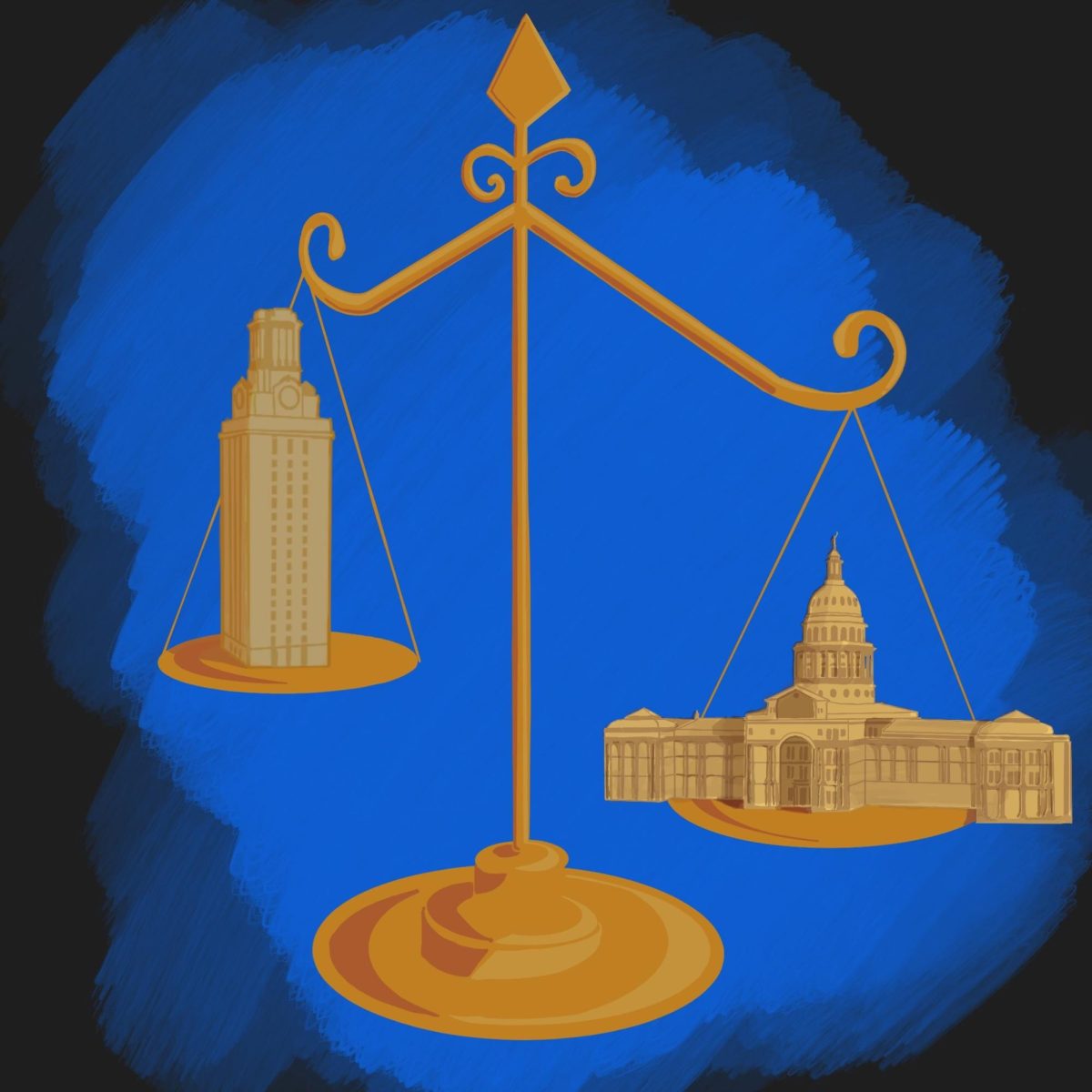Smoky haze mars the otherwise picturesque views for national park visitors around Texas’ Big Bend and Guadalupe Mountains National Parks.
A new plan to reduce the haze, titled the Regional Haze Rule, will be submitted by the Environmental Protection Agency by November, said Stephanie Kodish, clean air counsel for the National Parks Conservation Association. The rule will help to reduce air pollution that impairs visibility in 156 scenic national parks and wilderness areas and is aimed at controlling pollutants to protect treasured places, said Kodish.
Terry Clawson, media relations manager for Texas Commission on Environmental Quality, said the haze program focuses on preserving visual aesthetics, rather than focusing on human health.
Some haze components are due to man-made pollution, he said, but in much of West Texas and the Southwest United States, dust is a major contributor to reduced visibility.
Luke Metzger, director of Environment Texas, said the issue extends beyond state lines and requires national focus.
“We could be doing much more to reduce emissions,” he said. “We should clean up our own mess in East Texas and work cooperatively with the federal government.”
The haze, he said, has long-term effects on quality of life for community members and national park lovers.
“Big Bend National Park has some of the most spectacular views in the world, but as haze floats into our national parks, it diminishes the experience,” he said. “That will reduce tourism and money for the community, so there’s a lot of far-reaching impacts.”
Michael Haynie, interpretive park ranger at Guadalupe Mountains National Park, said recent studies have shown degrading trends in some types of pollution but [the studies] vary year-to-year due to environmental conditions. The haze seen in Texas national parks has sharply increased due to recent wildfires, he said.
“There’s weather variables, there’s fire, so it really is kind of a mixed bag,” he said. “But people come out here for the vistas and when you reduce visibility, you impact some of the scenic and aesthetic values of the park experience.”
Denton Walker, co-president of Environmental Law Society, said he feels that despite interest in national parks, clean air and pollution reduction are issues that often aren’t emphasized enough.
“Students and seekers of knowledge should be more aware of important issues like this one,” he said. “Many students are aware of the problem, and too many ignore it.”
To prevent park views from getting hazier, Clawson said there are preventative measures community members can take to reduce the impact of the haze.
“All Texans can help reduce haze by driving less, choosing more fuel efficient cars, taking public transportation, reducing trips through drive-thrus, reducing vehicle idling and reducing electricity use,” he said.
Published on Wednesday, April 18, 2012 as: EPA rule hopes to improve smoky views




















